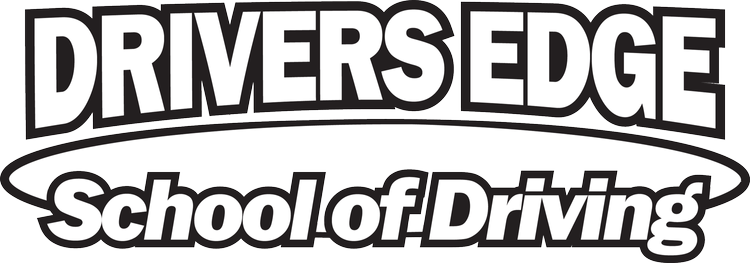“How to Practice Driving Before a Learner’s Permit”
Recently we have covered how to obtain a driver’s license and renew a driver’s license in the state of Illinois. However, there are many things you can do as a child to get ready for driving on the road. In this blog, we will cover tips for children and parents on ways to prepare their children for driving on the road.
As children grow up they are constantly watching and learning. They often pick up mannerisms and do actions that are similar to their parents. To prepare children to drive, it is good to set a good example and educate them on the basics of driving a car. When driving, drive in a proper manner that would be expected of them when they get older. Follow all road laws and explain them as they come up on your drives. A lot of time is spent in the car in our youth, so there are many opportunities to grow and learn.
Driving tractors, go-carts, mowers, or bikes is a great way to teach children how to drive a car. The actions of controlling a moving object can often be foreign to people. The act of controlling the throttle, brakes, and steering wheel is good practice for when they will drive a car. Young drivers often struggle with the concept of looking where you want to go and around curves, and this machinery can help drivers learn this from a young age relatively safely.
The ability to use your body and hands in conjunction with your brain is a crucial ability to drive. Sports are a good and fun way for children to do this. Through sports, children learn hand-eye coordination, how to understand space, and how to work with people around them. Playing an instrument is also a good way to learn how to drive. The actions of moving your hands and feet based on visual feedback of the music can be similar to reading dials and traffic patterns. These activities help build strength in your motor skills which help with your skills in driving a motor vehicle.
Knowing how things are made and put together is important to preventing major issues and using something properly. If you have the ability, showing children parts of the car and how they work will maybe spark their interest and imagination, but it will also teach them how to maintain a vehicle. There are many issues with vehicles that can be prevented with basic maintenance.
The ability to drive a car is something all kids want to do someday. Driving on the road is challenging. Some of the ways to prepare children for driving are listed here, but there are many others. If possible, introduce children to the operation of moving vehicles and the common practices of driving from a young age.
